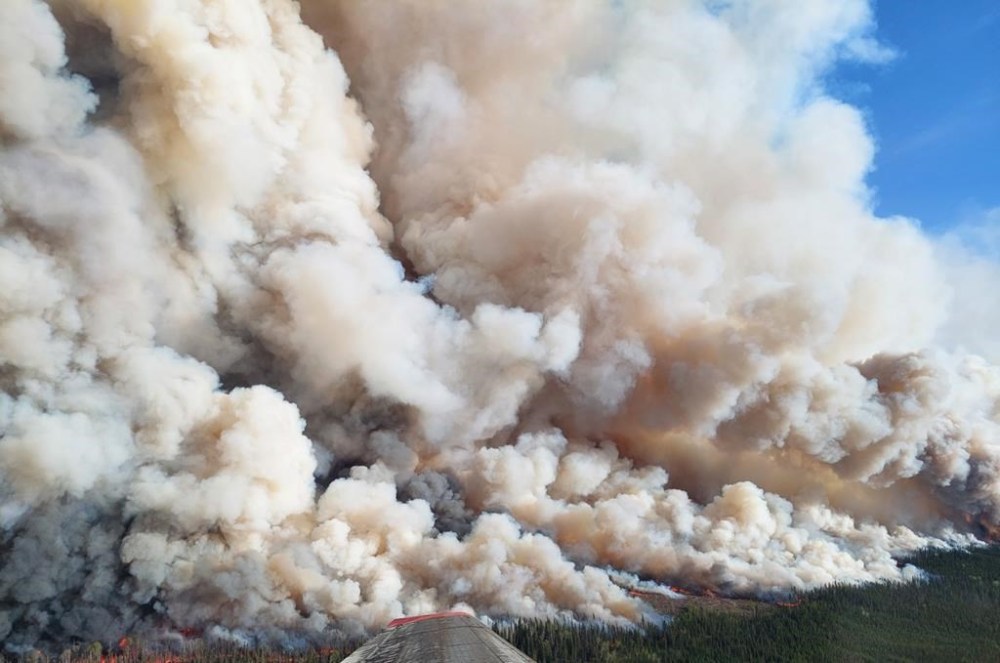B.C. district issues wildfire evacuation order in remote area north of Fort St. John
Advertisement
Read this article for free:
or
Already have an account? Log in here »
To continue reading, please subscribe:
Monthly Digital Subscription
$0 for the first 4 weeks*
- Enjoy unlimited reading on winnipegfreepress.com
- Read the E-Edition, our digital replica newspaper
- Access News Break, our award-winning app
- Play interactive puzzles
*No charge for 4 weeks then price increases to the regular rate of $19.00 plus GST every four weeks. Offer available to new and qualified returning subscribers only. Cancel any time.
Monthly Digital Subscription
$4.75/week*
- Enjoy unlimited reading on winnipegfreepress.com
- Read the E-Edition, our digital replica newspaper
- Access News Break, our award-winning app
- Play interactive puzzles
*Billed as $19 plus GST every four weeks. Cancel any time.
To continue reading, please subscribe:
Add Free Press access to your Brandon Sun subscription for only an additional
$1 for the first 4 weeks*
*Your next subscription payment will increase by $1.00 and you will be charged $16.99 plus GST for four weeks. After four weeks, your payment will increase to $23.99 plus GST every four weeks.
Read unlimited articles for free today:
or
Already have an account? Log in here »
Hey there, time traveller!
This article was published 28/05/2023 (930 days ago), so information in it may no longer be current.
The Peace River Regional District issued a new evacuation order as well as an alert Sunday in response to two wildfires burning in northeastern British Columbia.
The district says the Donnie Creek and Tommy Lakes wildfires pose an immediate danger and everyone must leave an area that’s used primarily by industry.
The evacuation order spans a remote area east of Highway 97, with the lower-level alert covering an area to the south.

The BC Wildfire Service has estimated the Donnie Creek wildfire is more than 1,300 square kilometres in size, burning just under 160 kilometres north of Fort St. John.
The service says winds on Saturday pushed the fire toward stands of black spruce and higher temperatures combined with dry air contributed to “extremely vigorous” fire behaviour, including in areas near oil and gas industry camps and infrastructure.
Sunday morning brought cooler temperatures and some precipitation, but the service says “significant fire activity” is anticipated heading into this week.
It says a sunny and drying trend is continuing, with no further rain in the forecast.
The service says five 20-person crews and five helicopters are currently fighting the blaze first discovered on May 12, with lightning as the suspected cause.
This report by The Canadian Press was first published May 28, 2023.


